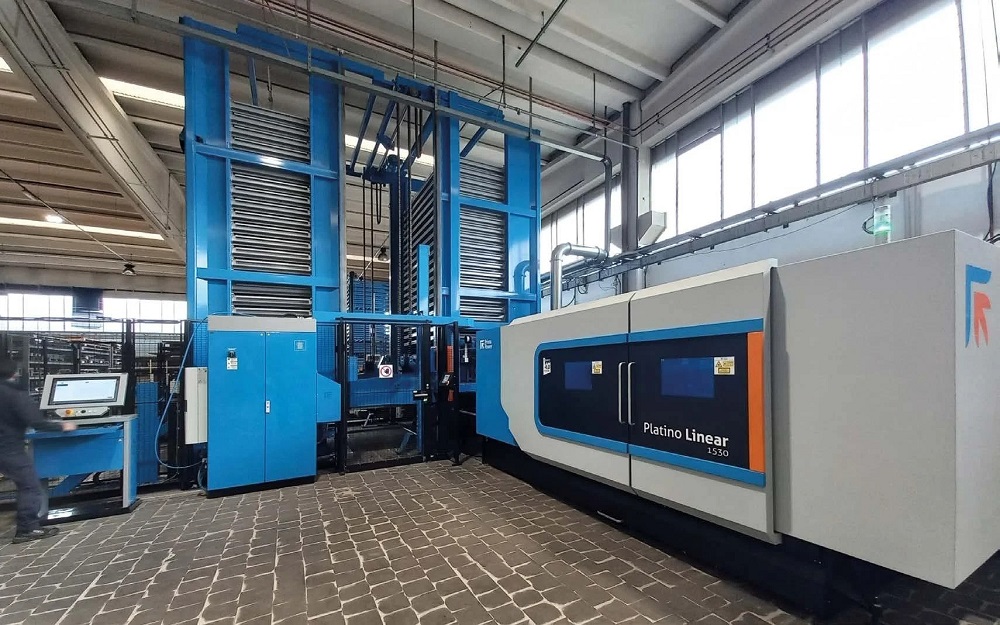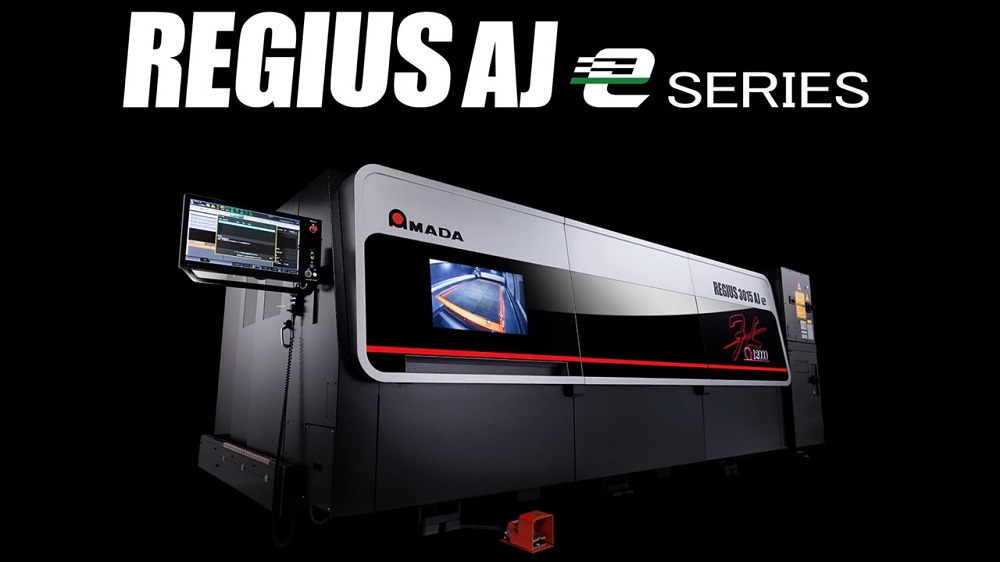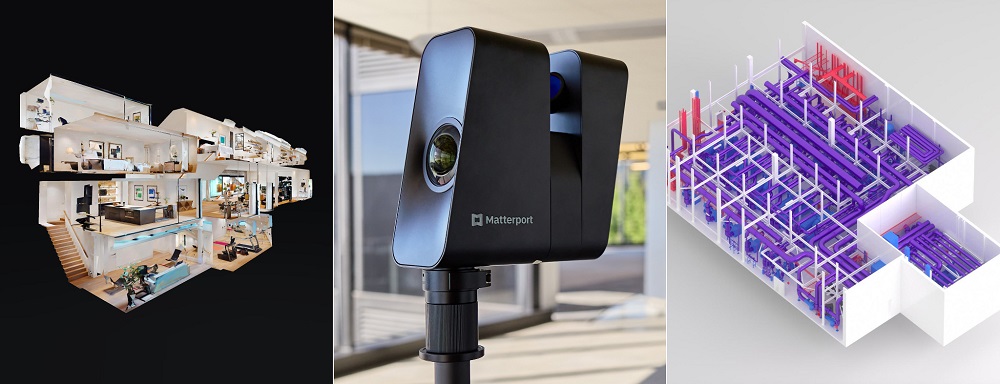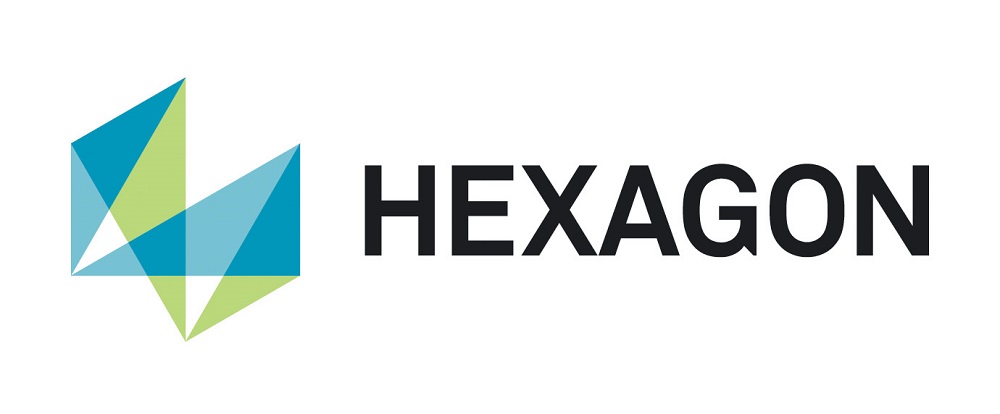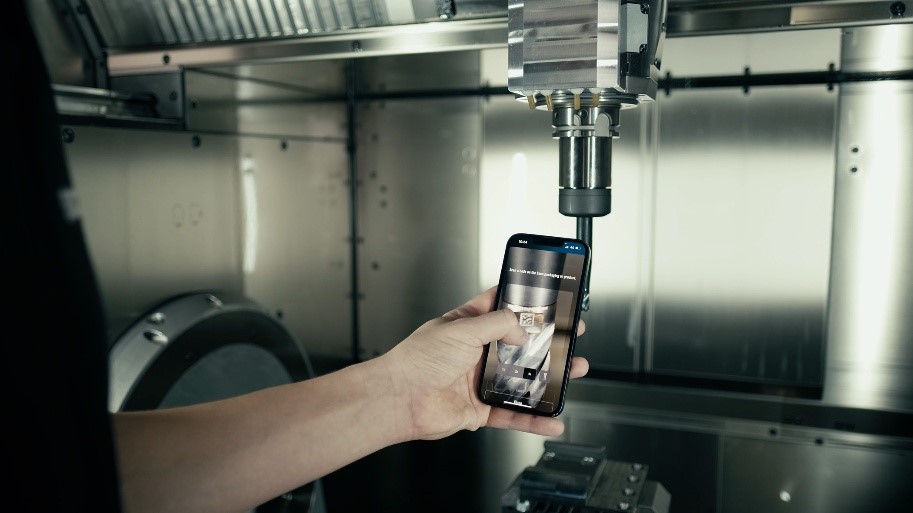What advantages can a laser cutting machine provide? Simone and Luca Guida, long-time clients of Prima Power at their Turin-based family business Guida Srl, have a few things to share. Their latest investment is an 8kW Platino Linear 1530 fibre laser, Prima Power’s newest addition to the market.
“Prima Power involved us and other producers in developing this machine,” explains Simone Guida. “We provided a list of suggestions, including a 3m front opening, which were integrated into the design. This highlights Prima Power’s responsiveness to its customers’ needs.”
Prima Power’s Platino Linear 1530 laser cutter, with its 8kW fibre power source, handles 3000×1500 mm metal sheets within a compact design. The arrival of this machine improved Guida’ production and workflow efficiency.
“The Platino Linear 1530stands out for its flexibility, thanks to its fully unrestricted front opening, which is essential for swift sheet loading,” says Simone. “To maximise productivity, we’ve integrated two automatic towers with 46 cassettes, significantly enhancing our competitiveness and opening up new market opportunities.”
Adds Luca: “We build machine parts, guards, panels and cabinets, as well as packaging solutions and furnishings. This diversification ensures a constant workflow without interruptions to production. With the introduction of the Platino Linear, we expect a significant boost in our production capacity, thanks to its unmatched speed and flexibility.
The machine allows us to achieve remarkable precision, even with thicker materials, and has substantially increased our speed: we’ve doubled our cutting speed compared with before”.
Another significant advantage of Platino Linear is its linear motors, which reduce the need for maintenance to practically zero.
More information www.primapower.com






